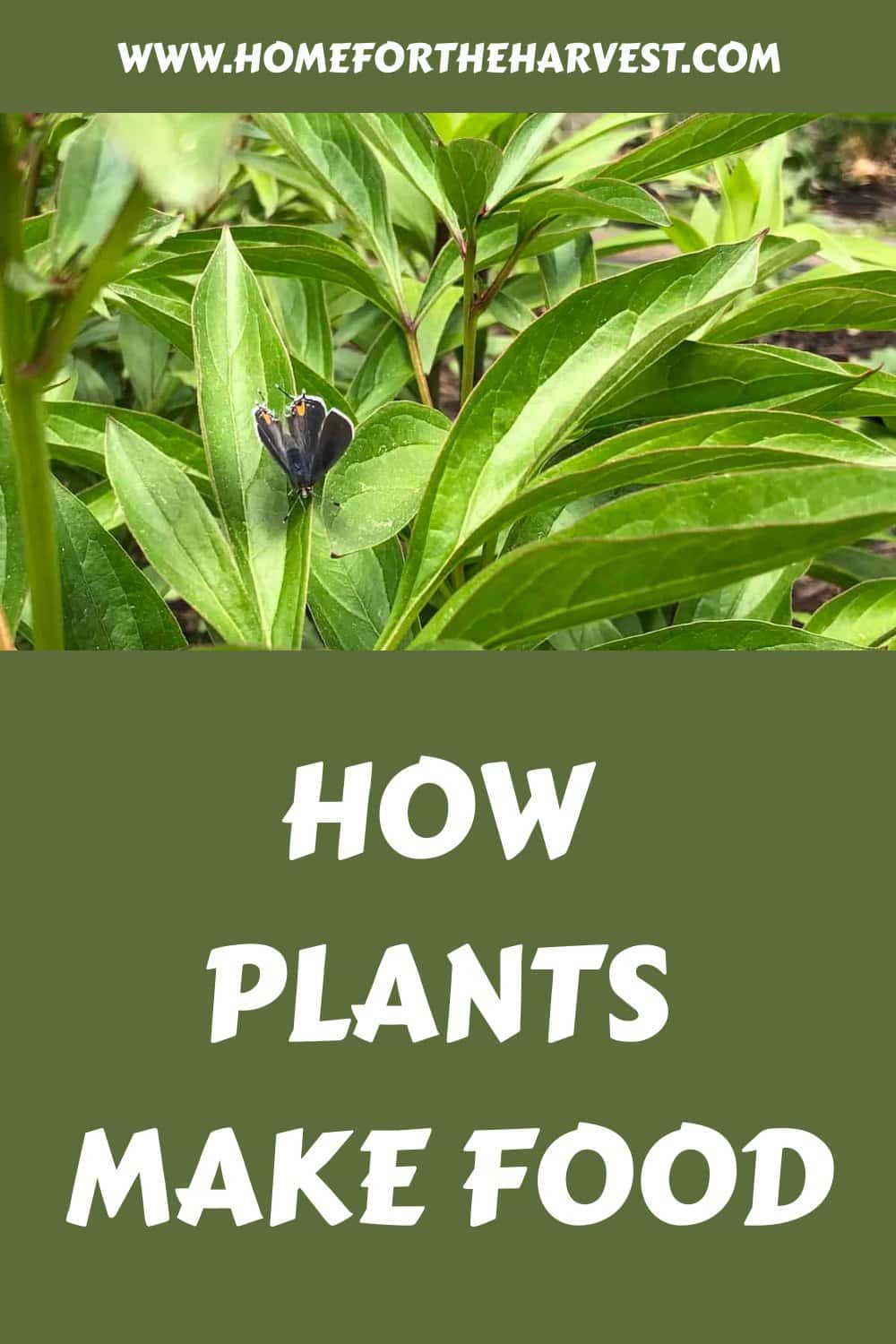So, how do plants make food? Plants use a process called photosynthesis to create their own simple sugars from sunlight, air, and water. Plant cells contain special structures called chloroplasts, which contain a special green pigment called chlorophyll. The choloroplasts create food in the form of sugar for energy (as well as oxygen) from their surrounding environment.
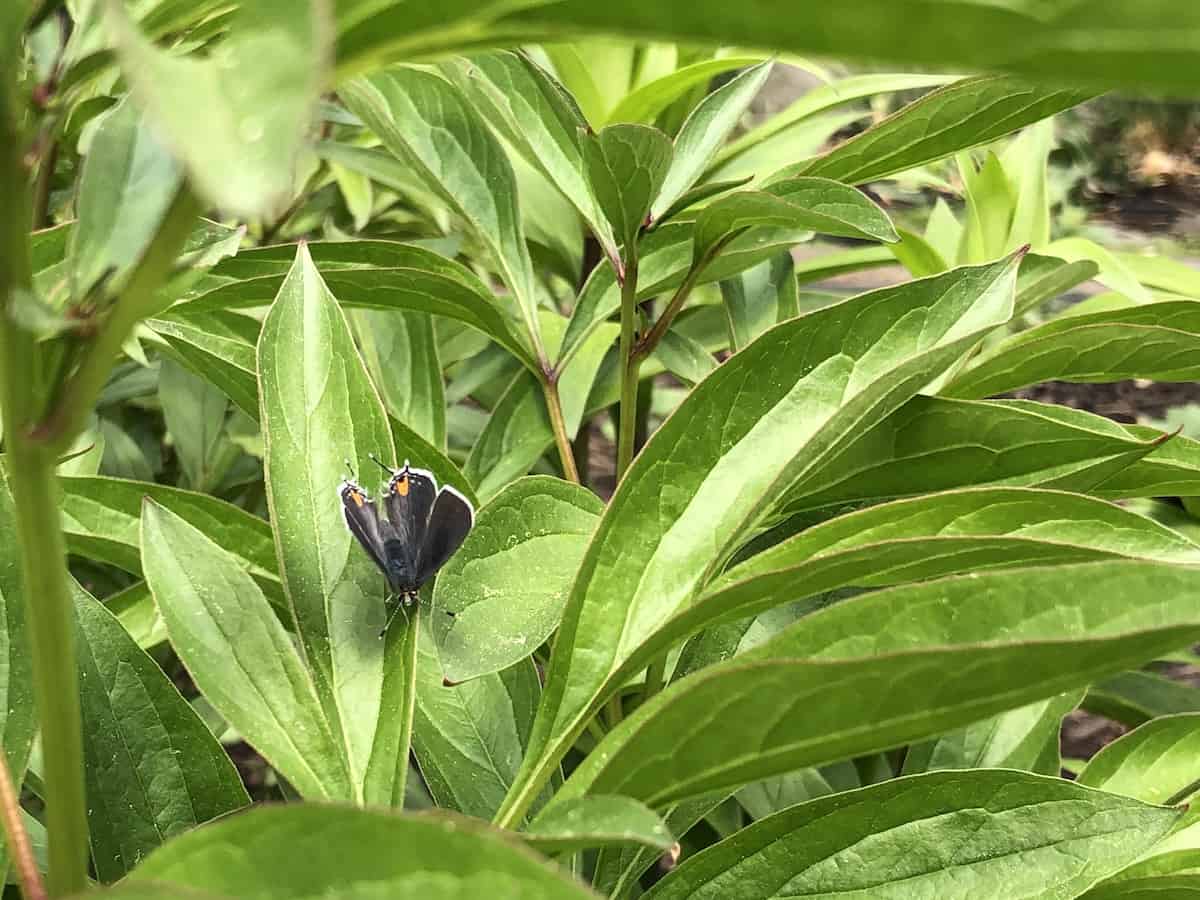
How plants make food
Plants, just like other organism requires energy to fuel their cellular activities. The only way to get this energy is through food. But some might ask, how do plants make food?
Well, the simple answer is plants make their own food through a process known as photosynthesis. The process of photosynthesis involves three crucial ingredients: water, light, and carbon dioxide. These ingredients are used to make storable sugars.
Photosynthesis converts light energy into chemical energy. Carbon dioxide molecules and water molecules are used as raw materials to synthesize carbohydrate molecules. Usually, the rate at which the plant creates its food will solely depend on the availability of the three ingredients. The plant cells store the chemical energy as sugar so they can use it whenever they need it.
“During photosynthesis, plants convert solar energy, carbon dioxide, and water into oxygen and sugars. During respiration, plants burn sugars to build living cells, giving off carbon dioxide and water.”
The New Gardener’s Handbook: Grow a Beautiful & Bountiful Garden, by Daryl Beyers
One of the reasons that plants are so great for the environment have to do with their process of photosynthesis. Since they require carbon dioxide to produce food, plants are responsible for filtering harmful carbon dioxide. This reduces the carbon dioxide found in the atmosphere, creating an overall healthier airspace.
This wasn’t always the process of photosynthesis. Early green plants, known as anoxygenic photosynthetic bacteria, would utilize a process involving bacteriochlorophylls. This has slowly progressed to the process of photosynthesis we know today.
Where photosynthesis occurs
The food making process of photosynthesis happens inside individual plant cells. Within cells, there are different substructures known as organelles. The process of photosythesis happens in organelles known as chloroplasts. Chloroplasts contain the chlorophyll pigment, as well as proteins and other necessities for the chemical reaction.
Chloroplast organelles are found in various parts of a green plant such as the stems, sepals, and especially in the leaves. Newly-sprouted plants start the process of photosynthesis in the first set of true leaves they grow after sprouting.
“True leaves on seedlings look like a miniature version of mature leaves. Once they emerge, the process of photosynthesis begins; the seedling is no longer relying on reserves.”
Plant Parenting: Easy Ways to Make More Houseplants, Vegetables, and Flowers, by Leslie F. Halleck
The process of photosynthesis
The leaves of green plants have microscopic openings on leaf surfaces (generally on the underside) known as stomata. Each stoma opening allows CO2 to enter and oxygen to escape. At the same time, water gets absorbed by plant roots and is transported to the leaves through the xylem vessels.
At the same time, the chlorophyll pigment within proteins of the chloroplast organelles helps to trap energy from sunlight. The sunlight is used to split the water molecules through photolysis into two products; oxygen and hydrogen ions. The hydrogen ions obtained are combined with carbon dioxide absorbed from the air in order to form glucose (a simple sugar molecule). This process is what makes food for the plant.
Oxygen is released back to the air as a byproduct of photosynthesis. The stored glucose is used by the plant to carry out various cell activities such as growth, reproduction, and respiration to mention a few. Usually, the process of photosynthesis takes place in two stages, i.e. the light-dependent and light-independent stages.
“Animals can’t eat dirt and absorb sunlight to make living tissue. Plants can. Humans must eat living things in order to live: plants directly, or other animals that eat plants.”
The New Gardener’s Handbook: Grow a Beautiful & Bountiful Garden, by Daryl Beyers
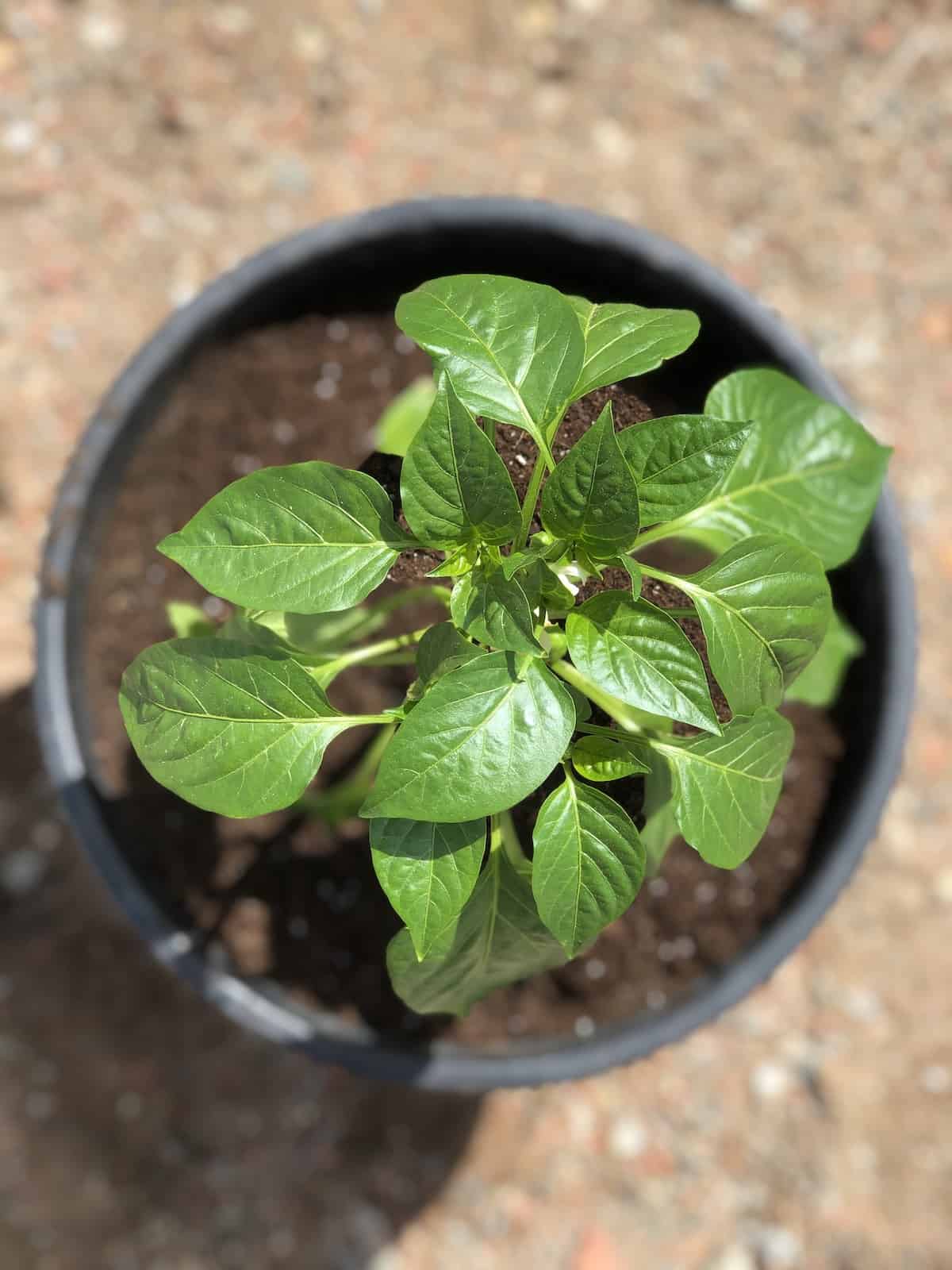
Factors affecting photosynthesis
The process of photosynthesis can be affected by a number of factors. These include:
1. Light intensity
The amount of light reaching the plant’s leaf has a significant impact on the rate by which it creates food. In general, the higher the light intensity, the higher the rate of photosynthesis by plants. On the flip side, when light intensity is low, the rate of photosynthesis will also decline. This is why only certain plants can grow in shady environments, while others demand full sun.
Further Reading: 24 Herbs to Grow in the Shade
2. Concentration of carbon dioxide
Carbon dioxide is a vital ingredient in the process of photosynthesis. Therefore, if the concentration of CO2 is high, the rate of photosynthesis also increases proportionally. Under normal air-quality circumstances, the concentration of carbon dioxide ranges from 300 to 400 ppm. If the concentration exceeds the range, photosynthesis increases significantly. The reverse is also true in a CO2-depleted environment.
3. Ambient temperature
For the process of photosynthesis to happen optimally, the temperature should be within a favorable range for cell reactions. For many plants, the optimal temperature range for photosynthesis is between 75°F – 95°F (about 25°C – 35°C). Temperatures outside this range can affect cell metabolism and reduce rates of the plant’s synthesis of glucose from sunlight.
4. Water availability
Water is a vital ingredient in photosynthesis, acting as a source of hydrogen molecules for the synthesis of glucose. A lack of water retards the photosynthetic processes.
5. Air pollution
Pollution can greatly affect photosynthesis. When particles from pollution settle on plant leaves, they can block the stomatal openings on the leaves. This can decrease absorption of carbon dioxide required for the synthesis of glucose.
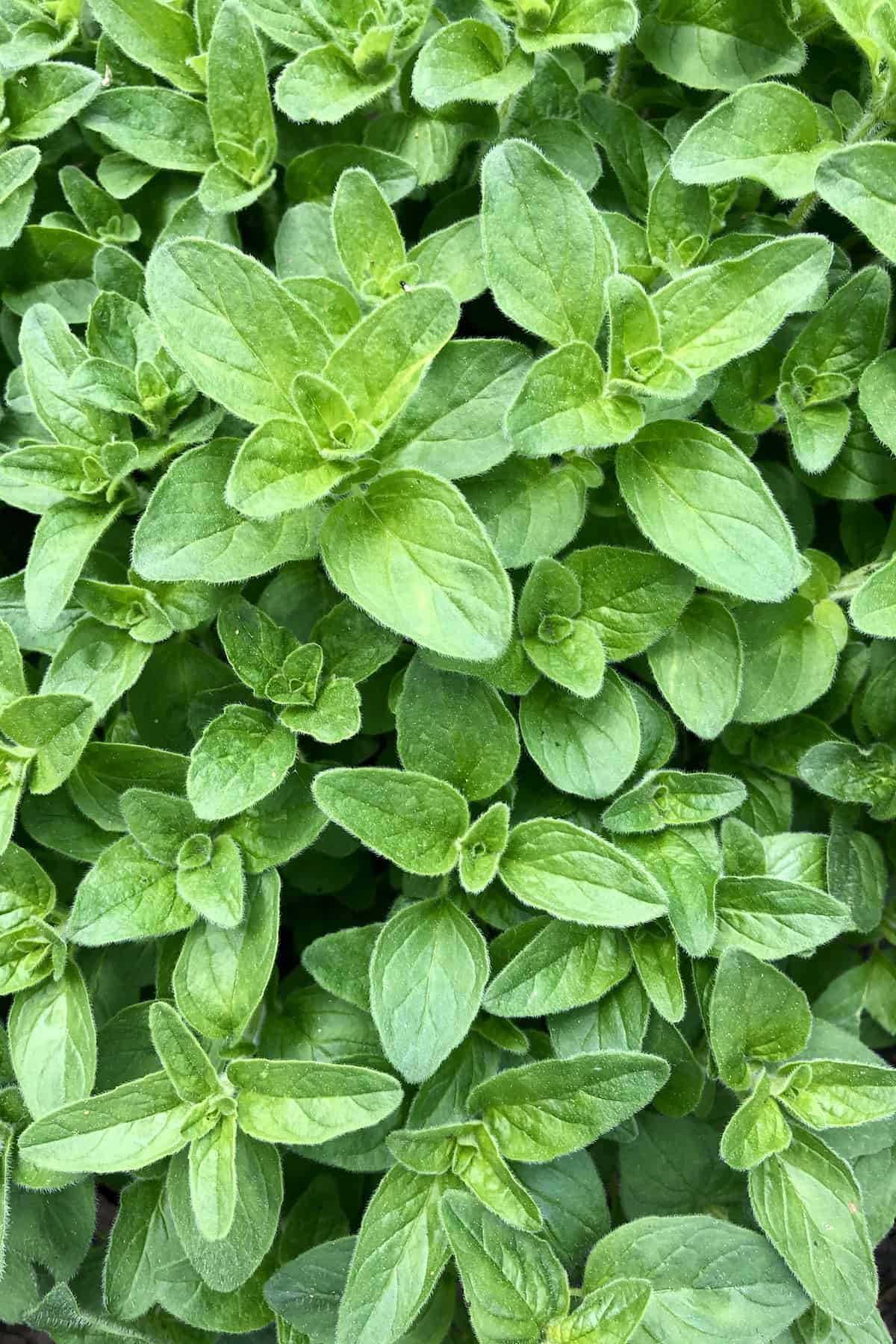
How plants make their own food
Plants are autotrophs. This means that they are capable of making their own food to help them grow and reproduce. Most plants make their food through photosynthesis. The process of photosynthesis uses natural ingredients such as water, sunlight, and carbon dioxide.
Follow-Up Resources: 35 Online Gardening Classes to Take at Home
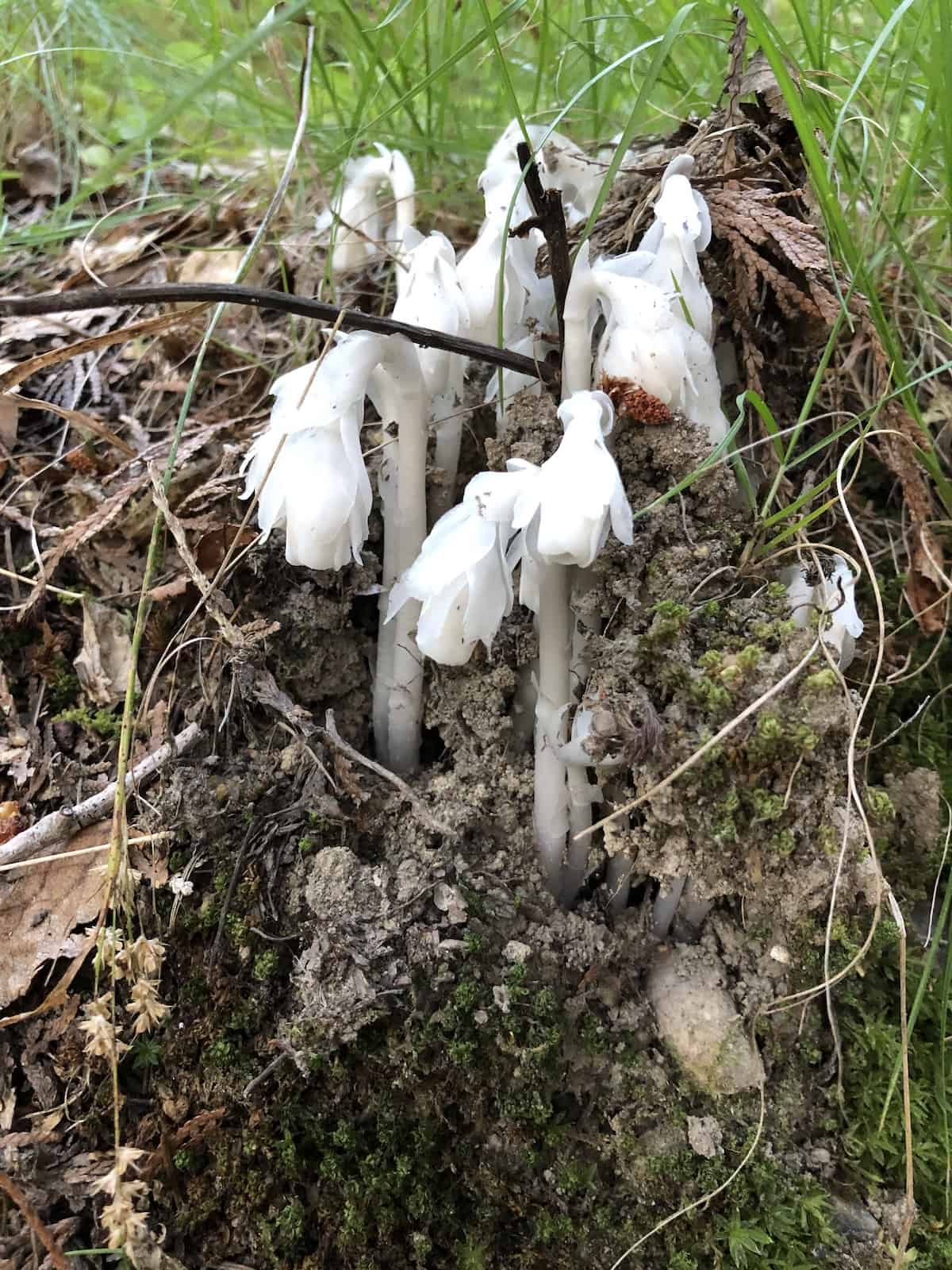
More questions
Do all plants make their own food? No, not all plants are capable of making their own food/autotrophs. A few types of plants lack chlorophyll in their cells and are incapable of carrying out photosynthesis. These plants are “Holoparasites”, and obtain their food by attaching themselves to other plants or fungi. Examples of plants that don’t use photosynthesis to make their own food are ghost plant (Monotropa uniflora) and Beechdrops (Epifagus virginiana), both native to North America. Holoparasitic plants are generally colours other than green, as they lack chlorophyll.
What does a plant use food for? A plant uses its stored sugar molecules to build more plant cells. In a process known as respiration, organelles inside plant cells called mitochondria use the stored chemical energy in the carbohydrate molecules to build new plant cells. Cell division happens at the tips of roots and at buds at the ends of stems. New cell tissue can become part of a flower, stem, or leaf. This is how a plant grows.


